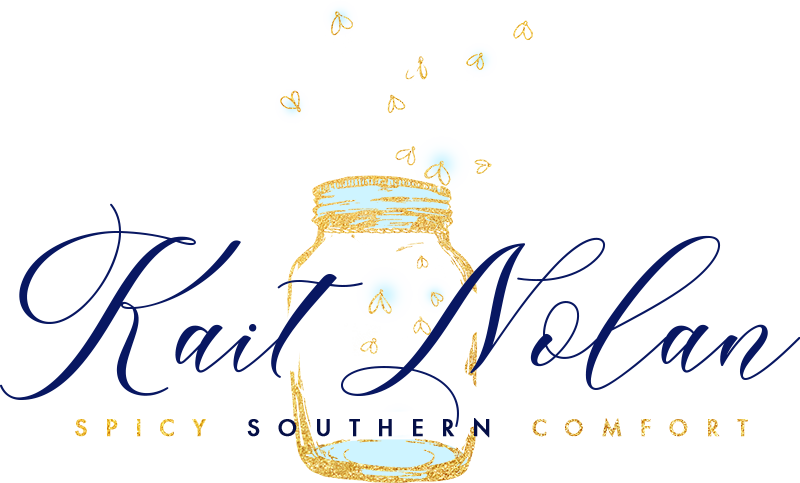Candace Havens is starting a new round of Fast Draft in her Workshops this week. This rather astonishing program is intended for you to have a full first draft in 2 weeks. Fourteen little days of insanity during which you are required to send your internal editor packing and give yourself permission to write a crappy first draft just to figure out the story. I expect it does work for a lot of people, but it simply isn’t feasible for me. However, Pot suggested yesterday that there has to be a happy medium between my natural inclination toward pantsing and all my efforts at plotting. Sometimes I have pretty solid ideas of scenes and how they’ll play out. I can see dialogue and action. Sometimes a snippet and sometimes a full scene. Other times I can see what should happen in terms of the idea for the scene, but I don’t know the words yet. And sometimes there’s just a hole where I don’t know what will happen. And from this Pot’s idea of the spewdraft was born.
It has some similarities to Fast Draft. No internal editor. You’re intended to get going and maintain your momentum to keep going. But fastdraft is intended to produce an actual first draft. Spewdraft is intended to produce some hybrid of draft and outline. The primary purpose is to figure out the plot (and it’s holes). In Pot’s words there are two ways to play–chronological or thread specific. If you’re starting purely from scratch, writing in story order would probably make the most sense because you really don’t know what the threads are. It might look something like this: My story starts with a heroine who is blah blah blah. She has this background and this is her current situation. Some of this will be covered in the opening scene in which this happens. Write however much you can see of the first scene. Then just keep going. Try to push yourself to think of whatever happens next. If you hit a sticky point, redline it (the red indicates in the document that you need to pay attention and remember to come back to it). I’m not sure what happens in between but it needs to include blah… Then go on to write out the next thing you do know. Go to whatever program you like to work with to look at stuff. Storybook or TBW or whatever. Go into outline mode and pull out blocks from your draft, enhance them, come up with finer points and characters and events. Figure out what your threads are. Find where they overlap. Find your holes and think of things to fill them. If you’re having trouble on a specific thread, go back to spewdraft mode and try to work the thread from beginning to end. Return to outline mode and repeat the enhancement process. Make yourself as fancy an outline as you’d like. Either leave it loose with just points to consider as you start to write each scene, letting it simmer a bit and leaving you open to seeing what comes from the writing (hello pantsers!), or make it detailed and plan to write to outline.
There are no detailed rules in terms of number of words or pages or scenes, but in keeping with the idea of measurable goals, you should pick something that works for you. As much as you feel comfortable with, whether it’s a time span (I will devote 2 hours a day to working on this), a number of pages, a number of words, or number of scenes (I find that when I’m working in Storybook it’s easier to measure number of scenes). The idea is to maintain forward momentum in discovering your plot–even if that means changing the format in which you’re working on it to avoid getting stuck. At the end, you should have a viable plot.
We’ll see how this works out.

One thought on “Spewdraft”
It sounds like a faster version of NaNoWriMo– might be fun, even. Good luck!